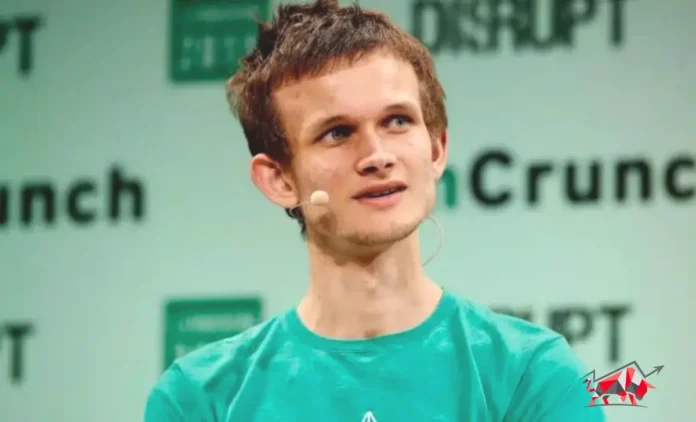Ethereum co-founder Vitalik Buterin, along with Ethereum Foundation researcher Toni Wahrstätter, is evaluating several approaches to decrease Ethereum’s maximum block size, aiming to optimize the blockchain for a “rollup-centric roadmap.”
The focus on rollups in the medium and long term has prompted discussions on how block space is utilized, with Buterin and Wahrstätter noting a doubling in effective block size over the past year. This increase may be attributed to the growing use of Ethereum for Data Availability (DA) by rollups and trends like Inscriptions.
Solutions Explored
The Ethereum Research blog outlines five potential solutions to increase block gas limits and discourage calldata usage, ultimately reducing maximum block size and variance to accommodate more data blobs in the future.
One approach involves increasing the calldata cost, while another proposes adjustments to opcode costs. Additionally, there’s consideration for capping calldata per block and establishing a separate calldata fee market akin to data blob handling.
Implications and Challenges
Raising the calldata cost from 16 to 42 gas, as suggested by Buterin and Wahrstätter, could significantly impact the maximum block size, potentially hindering apps like StarkNet reliant on large calldata for on-chain proofs.
Meanwhile, Buterin’s proposal to increase the Ethereum gas limit by 33% to 40 million aims to enhance network throughput. Although this could accommodate more transactions per block, it also raises concerns about increased hardware loads and susceptibility to network spam and attacks.


